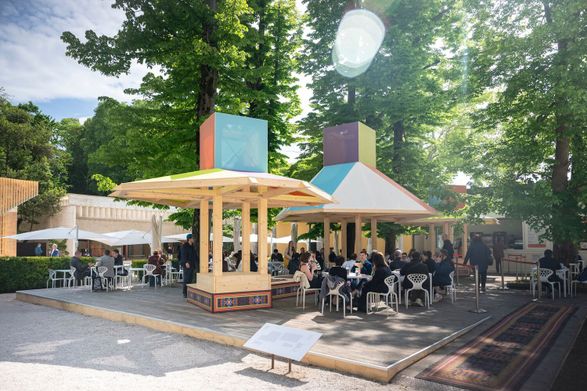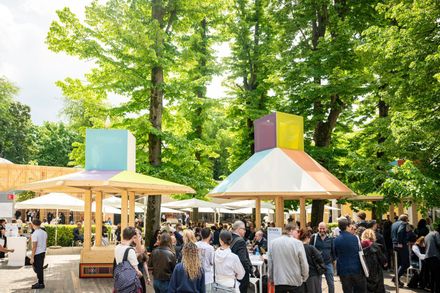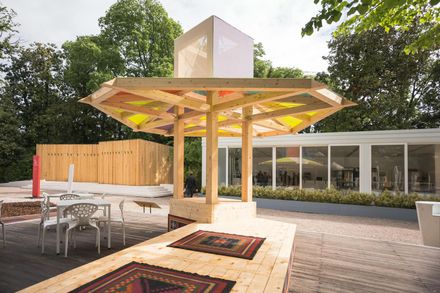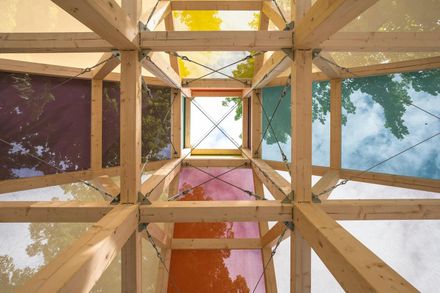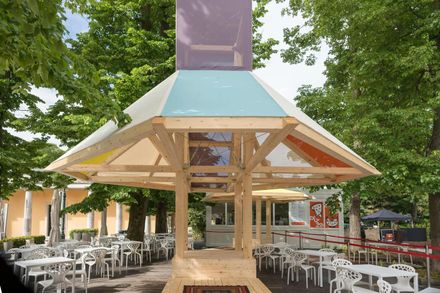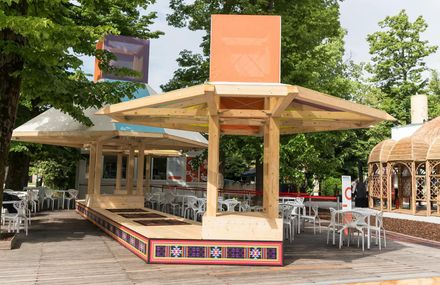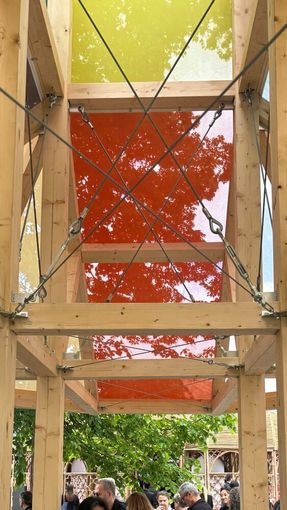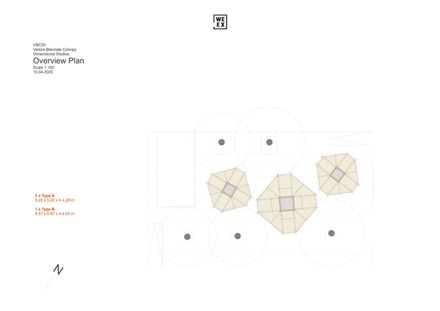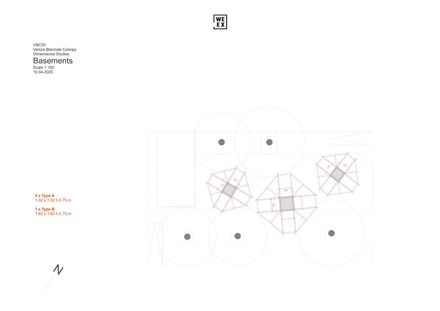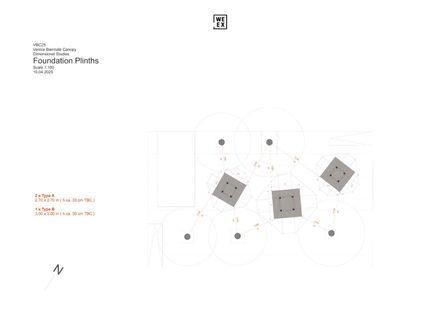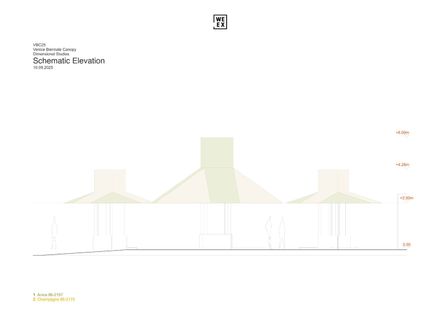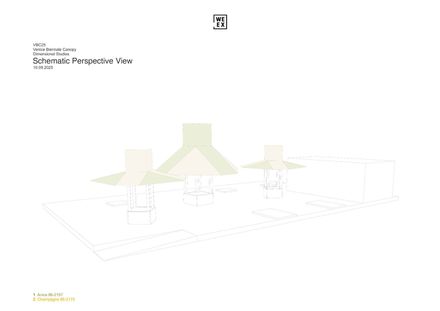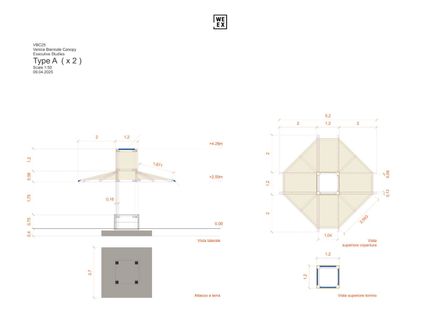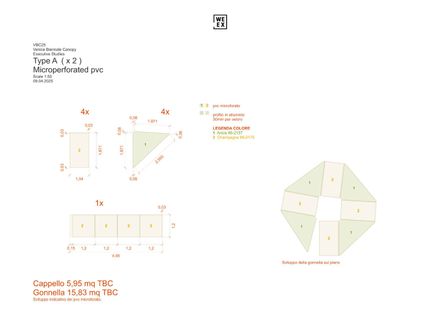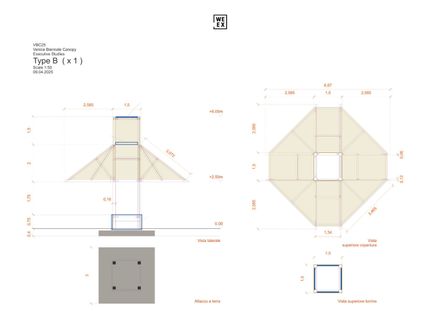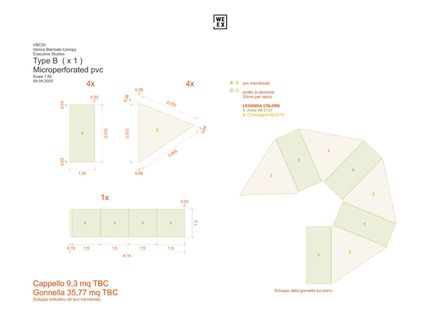Majlis & The Manama (Wind Catchers) Pavilion
ARCHITECTS
Ahmed And Rashid Bin Shabib
CURATORS
Ahmed And Rashid Bin Shabib
PHOTOGRAPHS
WeExhibit, Anthony Fleyhan
PARTICIPANTS & COLLABORATORS
Rashid Bin Shabib, Ahmed Bin Shabib, Amna Abulhoul, Vladimir Yavachev, Yusaku Imamura, Jonathan Shannon, Davide De Carlo, Valentina Chiesi, Grazia Sechi, Mohammed Alruways, Abdullah Al Kenani, Dhai Dubai, Expo City
YEAR
2025
LOCATION
Venezia, Italy
CATEGORY
Pavilion
REINTERPRETING VERNACULAR GULF ARCHITECTURE AS A LIVING SCAFFOLD FOR THE FUTURE
The Majlis & The Manama (Wind Catchers) pavilion at the 19th International Architecture Exhibition in Venice presents a powerful reimagining of Gulf vernacular intelligence.
Anchored in personal memory and regional tradition, the pavilion draws from the architectural archetypes of the Majlis and Manama to propose a contemporary structure that breathes, hosts, and remembers. Supported by Expo City Dubai.
At its core, the pavilion serves as a majlis for Venice, a space of both scheduled and unscheduled ritual, where visitors are invited to sit, speak, reflect, and reconnect. The architecture is not simply symbolic; it is spatial, thermal, and social.
Constructed as a lightweight, elevated, and porous structure, it channels the passive cooling strategies of the Barjeel (wind tower), filtered through fabric panels and soaked sails to invite air and people alike.
VERNACULAR ARCHITECTURE AS ENVIRONMENTAL INTELLIGENCE
The pavilion's design is rooted in the indigenous architectural wisdom of the Gulf, particularly the Manama: a seasonal, palm-frond-roofed shelter used to endure Dubai's extreme summer heat.
Elevated and wrapped in fabric, the Manama embodies adaptive environmental design, cooling through windcatchers, absorbing humidity, and shaping communal experience through porosity and shade. In tandem, the Barjeel, long revered for its climatic responsiveness, is more than an environmental device.
It is a cultural and conceptual anchor that choreographs social life. In the Gulf, its architectural presence structured time, ritual, and community activity, even under inhospitable summer heat.
A PAVILION OF LIVING RITUALS
The pavilion is informed by generational narratives: a grandmother's memory of Shindigha, a family photograph in a historic Manama, and the ceremonial use of the Majlis during weddings.
These spaces were never sealed off; they breathed with the climate, invited conversation, and framed community. In Dubai's past, the act of providing shade was more than a climatic response; it was an act of generosity.
The Majlis stands not as a monument, but as a paradigm of communal architecture, maintaining its cultural and social relevance by adapting to contemporary forms. It continues to function as a scaffold for kinship, dialogue, and hospitality.
A CONTEMPORARY RITUAL FOR VENICE
The Venice installation offers a contemporary reinterpretation of this legacy: a hybrid pavilion that merges historical ingenuity with modern fabrication, proposing a renewed relationship with nature through architecture.
Drawing from past material and emotional intelligence, it curates ritual in real time, both spatially and symbolically.
WHAT WE BRING TO VENICE
What Majlis & The Manama brings to Venice is not only a physical installation, but a philosophy of living architecture: one that preserves memory, embodies social values, and performs climate with grace.
This is not a retreat into nostalgia; it is a forward-looking act of cultural continuity.

